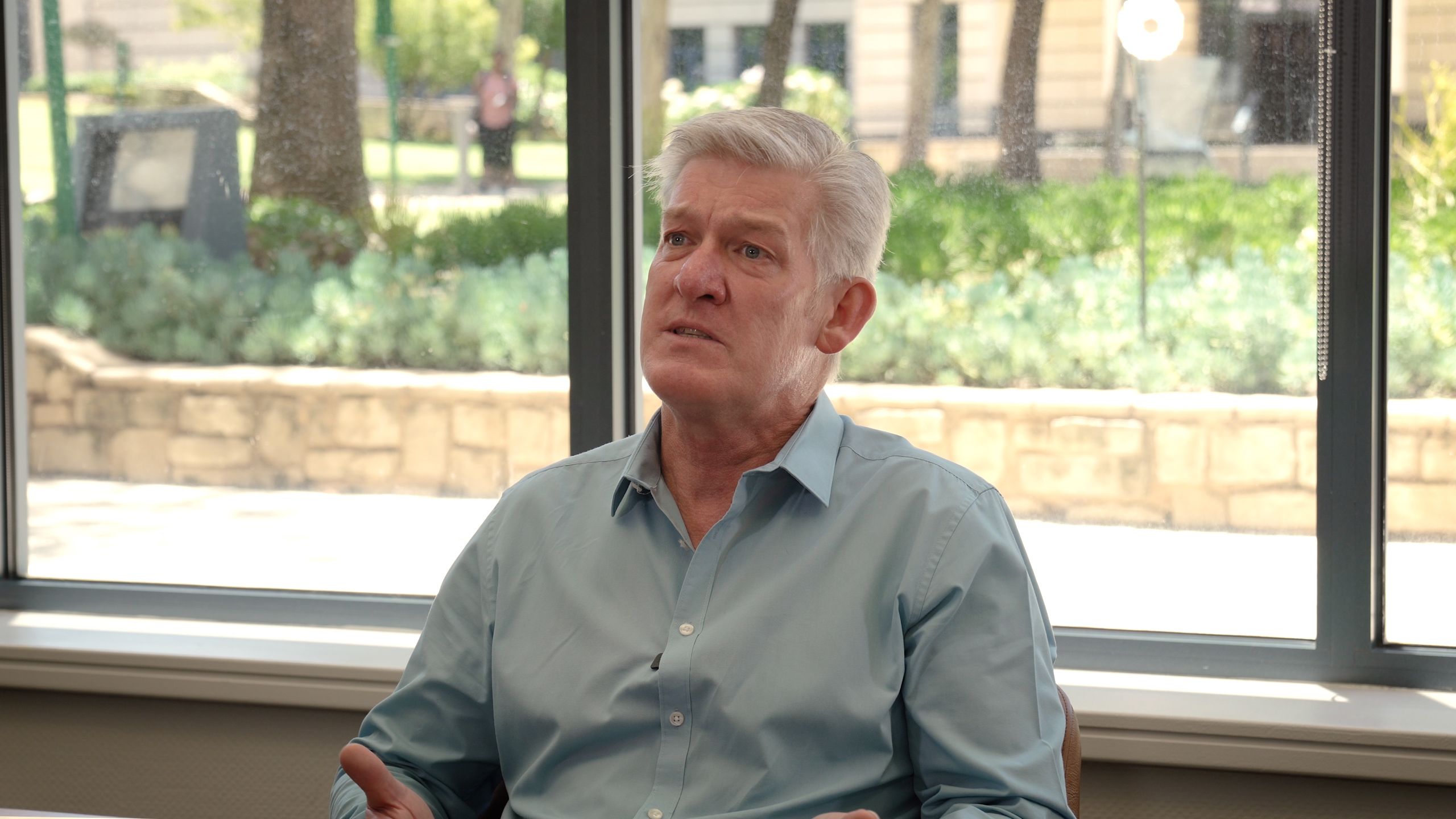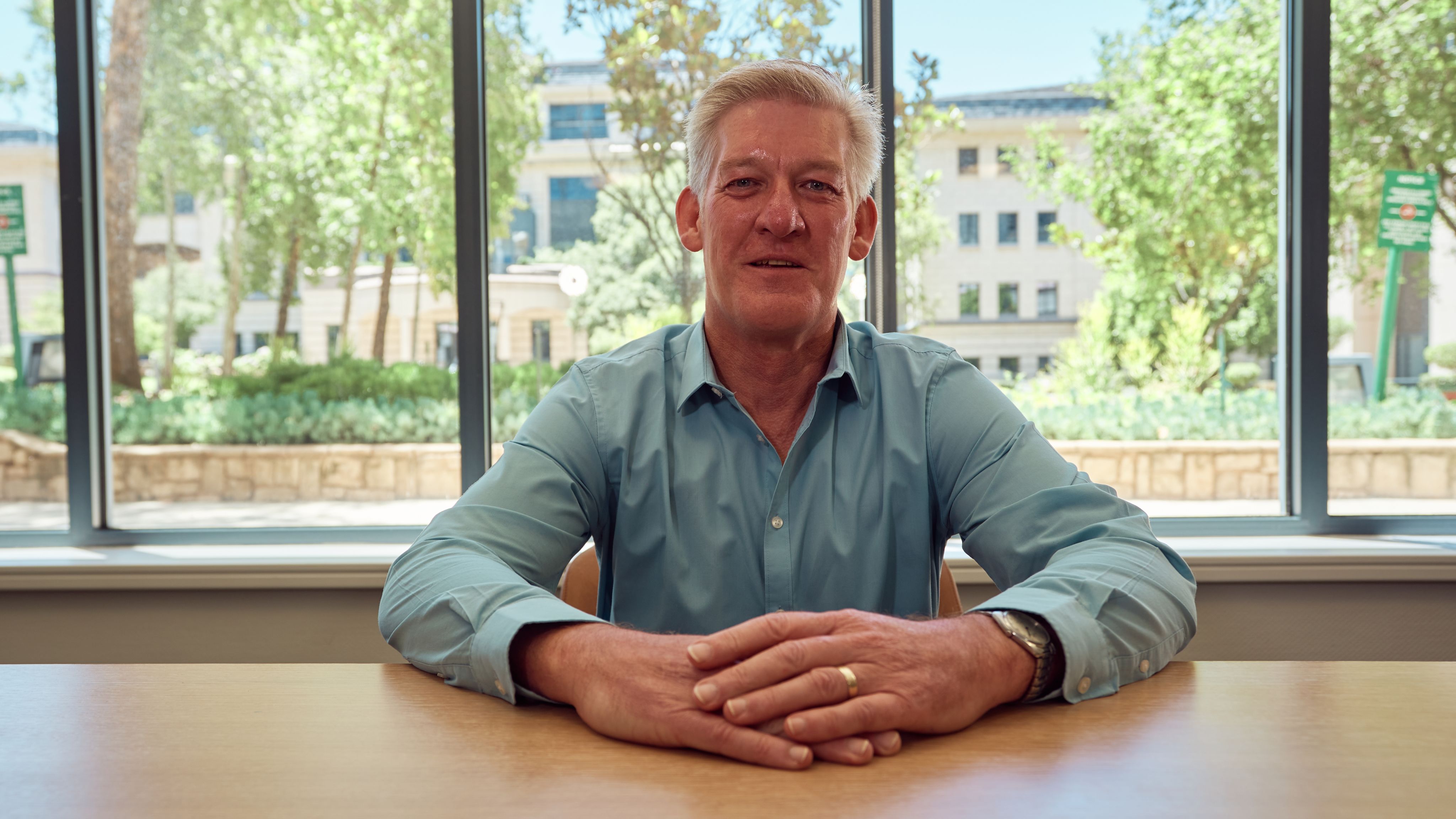Sustainability in business doesn't have to cost an arm and a leg
In conversation with Mark Boshoff, Head of Climate Resilience and Sustainability Strategy at Nedbank Commercial Banking.

As global policy shifts and employees continue to demand business models that are focused on saving the planet, switching your business to more sustainable practices does not have to cost you an arm and a leg.
As global policy shifts and employees continue to demand business models that are focused on saving the planet, switching your business to more sustainable practices does not have to cost you an arm and a leg.
“Sustainability is no longer a good to have or something that you can use in a marketing blurb. This is about survival, not only for the planet but also for the business,” says Mark Boshoff, Head of Climate Resilience and Sustainability Strategy at Nedbank Commercial Banking.
“It is now at the point where one is going to start getting serious about this and looking at it not as a cost or as an additional burden or as an additional reporting requirement. It's something that you're doing to make your business a better business.”
Climate resilience is about making your business more viable and sustainable, not only for the society that you operate in but the world at large, says Boshoff. And while funding the switch to renewable energies like solar may seem like a daunting task, banks like Nedbank aim to make it easier on businesses.
“It costs money to put in water purifiers for instance and that is an issue. So what we've done as a bank in financing is we've created asset-based finance products that allow you to finance this equipment over a longer term, because it does take longer to pay itself back. We did up to 10 years; we charge you the interest rate currently in effect on your banking portfolio and, we will use those savings to try and structure your repayment so that it doesn't cost you extra cash flow,” he says.
Trends
As head of sustainability, Boshoff is always looking into new and innovative ways to help its business clients become climate resilient.
“Everybody's looking at alternative sources of energy and a trend to look at is the circular economy. How do we take for example, plastic out of the economy, by creating a business opportunity: to get the cleaners picking up the plastic and selling it to recyclers making a living of it, and you're actually getting a wonderful circular economy.”
Another example is being water smart. In Cape Town in 2018, the city almost reached ‘Day Zero’ – where taps would have been switched off after city reserves ran very close to being out of water. “We saw what happened in Cape Town… when people were actually shamed for using too much water. Now it [saving] can be done with various technologies that we have nowadays,” he says.
The entrance of a younger and more environmentally-conscious generation has also brought about a wave of green employee activism.
"People are leaving companies that are not conforming to the ideals or values. There's quite a big movement and it's been spoken about in the press at the moment about green quitting in the petroleum and oil industry. They're going to other, often aligned but cleaner industries. So they're going to renewable energy: what a brilliant move. If you already know how the oil industry works, then imagine how the insight you could have when considering alternative ‘green’ energy sources. Your customer and your clients are becoming very, very active in this matter."
In terms of sustainability financing, one of the global trends Boshoff has noted is where a financial institution gives a client a loan based on their environment, social and governance (ESG) objectives and whether they meet them.
“The client will say, I want to save X amount on my carbon footprint, I can measure it, and I can have it audited. Banks or financial institutions then say that's great, we'll give you the loan you need at the current rate, but every year that you show improvement on your measurements we will reduce the interest rate because your climate resilience risk is reducing. So we no longer have to worry about whether you’re going to be around in 10 years,” he says.
"That's how you can make ESG and climate resilience work out quite well. It's a new area and it gives most bankers a little bit of a shudder when they think they've got to give away some margin, but they are saving on the risk. And if we believe in what we're saying that you can make money or save costs out of climate resilience, then there's a perfect opportunity: we can actually help the client save costs by them doing the right thing. And we know that our clients are safe,” he adds.
Visit Nedbank to learn how your business can start its own journey toward climate resilience through innovation and understanding funding structures.



